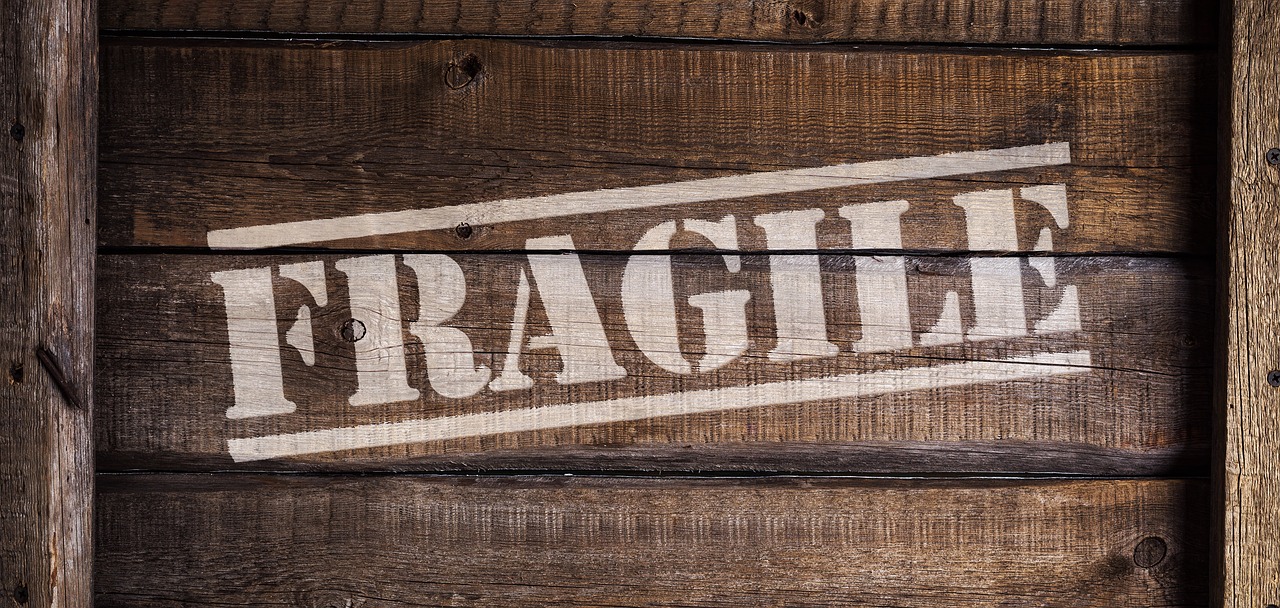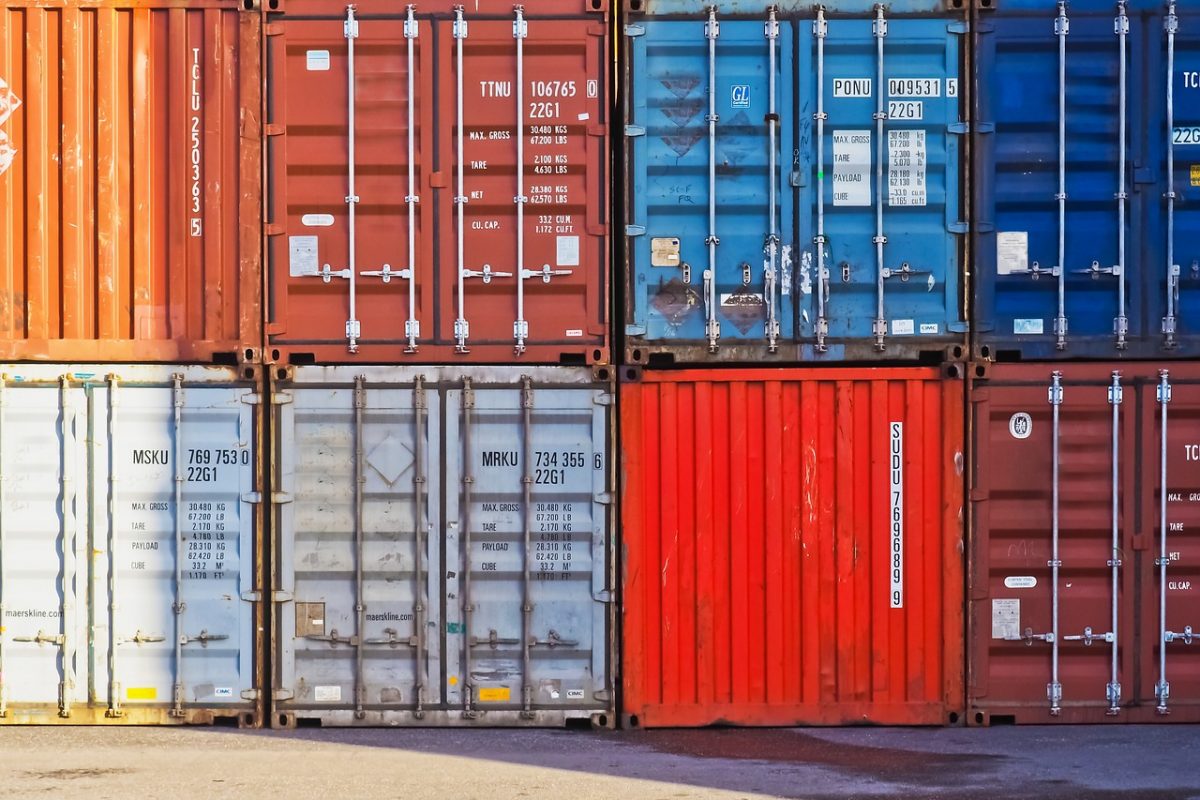Living in the digital world, each year we use more online ordering. It saves us time, and we can have any goods thanks to international shipping. However, the question is: How do we know that we will order safely packaged delivery or we will receive damaged goods?
Here’s how to make sure your supplier uses proper packaging:
1. Safety Of The Goods Is Number 1 Priority
Every time we order something the first thing we do is check for quality of the product. The second most important thing is their safe and secure transportation which is done with protective packaging in order to avoid damaged goods delivery.
Why waste money on a product with a non-value service?
Think about it.
If the product you are buying is not expensive or is of low quality, usually we do not pay attention on the packaging, nor do we avoid damaged goods. On the other hand, if you purchase an expensive product, you do not want to have your product delivered damaged, therefore, you need to consider and prioritize the packaging as well.
Having said this, make sure you purchase from a professional, high-quality and cost-effective packaging solutions. The packaging services vary and usually depend on the Incoterms, as well as, the type of the product, discussed below.
2. Proper Packaging Materials (Palletized or Non-Palletized)
The proper packaging normally consists of palletizing or non-palletizing. Pallets are used to support goods using wraps and straps, to keep them undamaged during transit, and to ease handling and goods storage.
Non-palletizing is a floor-loaded process and is used for less damaged goods that are not fragile, which is also less costly. If we compare both packaging types, pallet shipping is costly, however, it can be cost-effective since it minimizes the risk of receiving damaged goods.
There are different requirements on cargo packaging, and usually depend on the seller, or the type of cargo, which you need to check with the seller for a safe and secure transport.
3. Goods Need To Be Marked Clearly On The Outside (Handle with care)
The process of transportation is rather complex, and before the cargo gets from destination port to buyer, there are several steps involved. As a buyer, you need to know your rights to avoid damaged goods and pay attention on the markings of the product, which involve the following:
- Make sure the seller obtains EU requirements for your product
- Check if the product meets the specific technical requirements
- Make sure the seller provides a document related to the cargo
4. Protected In The Inside If Fragile
According to the EU requirements, fragile cargo needs to be palletized, marked safely and protected in the inside. For example, if the cargo is packaged using forklifts, the product may be susceptible to forklift damage which is why the warehouse company must use pallets.

If the cargo is fragile (porcelain, glass or other breakable goods), it should be protected with packing peanuts or airbags in order to avoid delivering damaged goods.
5. Discuss And Communicate With The Seller – Avoid Damaged Goods
According to the Incoterms, the costs fall on the buyer, while packaging standards depend on the seller. Even though the cargo may be of high value, the seller may use minimum safety standards for handling.
In order to purchase a cost-effective cargo or avoid any additional costs, it is best to discuss it with the seller. You can do this according to the Incoterms descriptions, and if you are not satisfied with the standards, you can use a suitable Incoterm.
Final Thoughts
As shown above, the safe delivery of goods is obligatory because it keeps the products in good shape. In order to avoid damaged goods or additional costs, always discuss the packaging of the materials with the seller. In case you have doubts, do not hesitate to contact the logistics provider.



